How to Make Homemade Fertilizer for Plants
With the help of organic fertilizers, you can improve your plant’s soil texture, and allow it to hold water for longer. They also boost the bacterial and fungal activity in the soil. 5-Minute Crafts will show you how to make some easy organic fertilizers all by yourself.
1. Raw eggs
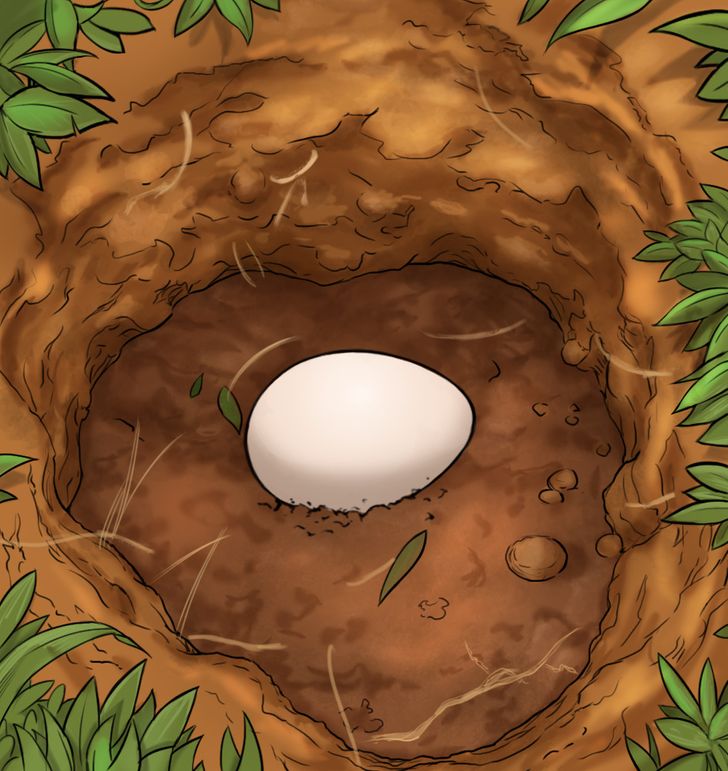
When an egg is buried in your plant’s soil, it acts as a natural, and slow, nutrient diffuser. It’s particularly good for vegetables and tomatoes. The egg shells have calcium in them, and the yolk also helps since it is filled with nutrients too (calcium, iron, phosphorus, zinc, among others).
- First, fill your plant container (pot or planting hole) with a little soil.
- Afterward, place the raw egg on top of it.
- Cover the egg with the remainder of the soil and add your plant seeds.
2. Coffee grounds
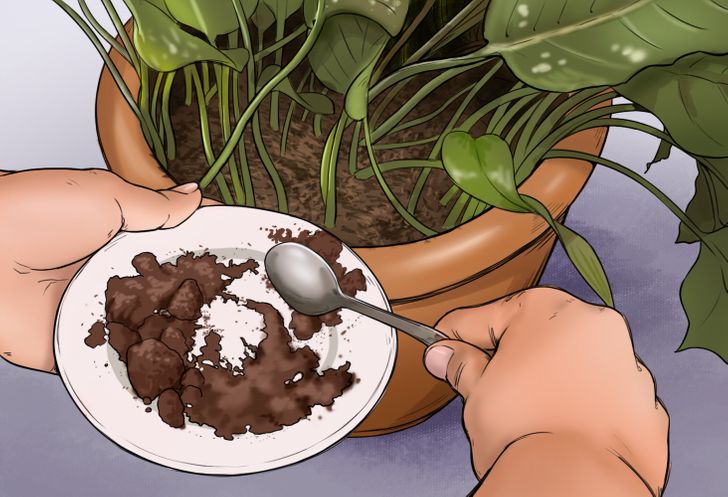
Recycling your coffee grounds will help you acidify the plant soil. This can be good because maintaining your plant’s soil at an optimized pH (level of acid) means it recycles and releases its nutrients better, as well as maximizes their availability.
- Simply sprinkle some used coffee grounds on the surface of the soil.
- Alternatively, you can also leave 6 cups of used coffee grounds soaking for over a week to make garden coffee that you can then pour on the soil.
3. Banana peels
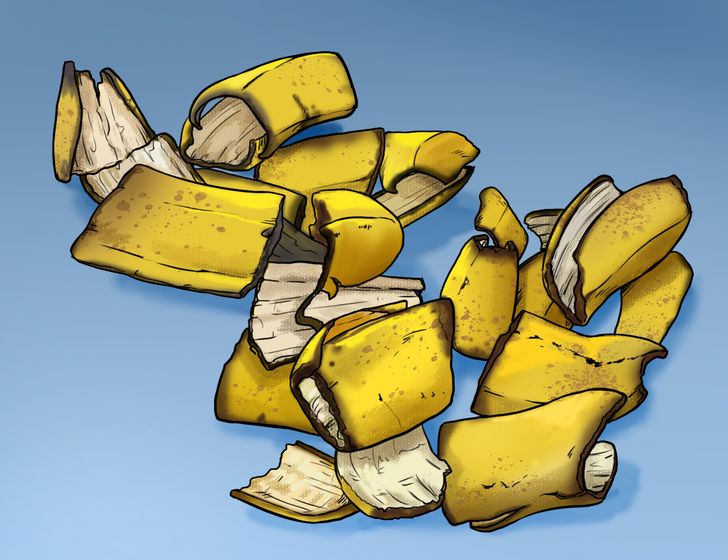
Banana peels are a source of potassium, as well as phosphorus, magnesium, iron, calcium, and copper, all of which are beneficial for your plant’s growth.
- To use this method, you’ll need to chop the banana peels into small pieces.
- Afterward, bury them just beneath the soil’s surface next to the plant you want to enrich.
Note: Don’t bury whole banana peels under the soil, as it may take up to 2 years to completely break down, and they can act as a barrier that will prevent your plant’s roots from reaching the soil around it.
4. Wood ash
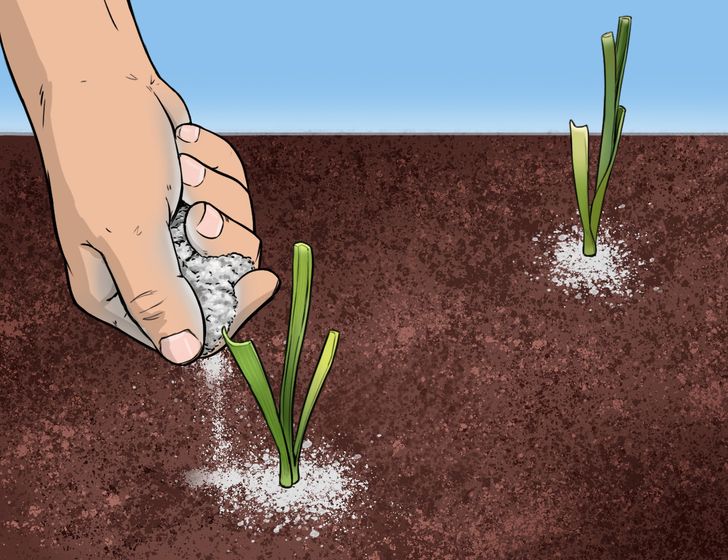
Wood ashes contain 2 beneficial nutrients that are helpful for your plant’s growth: potassium and calcium carbonate.
- First, make sure that the ash you use doesn’t contain charcoal or lighter fluid (they can harm your plants).
- Then, you can simply sprinkle the ash on your plant’s soil.
5. Aquarium water
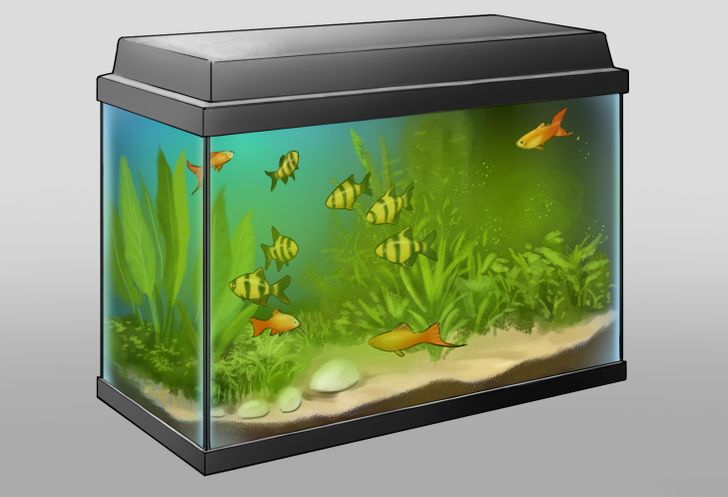
Aquarium water has a high level of nitrogen (an important nutrient that is necessary to keep your plants healthy). It also contains a lot of fish waste that adds to its value as a fertilizer.
- Simply water the plants with it, as if it were regular water.
Note: Test the aquarium water on a few plants first, since they can have different levels of reactions according to their needs and deficiencies.
6. Grass clippings
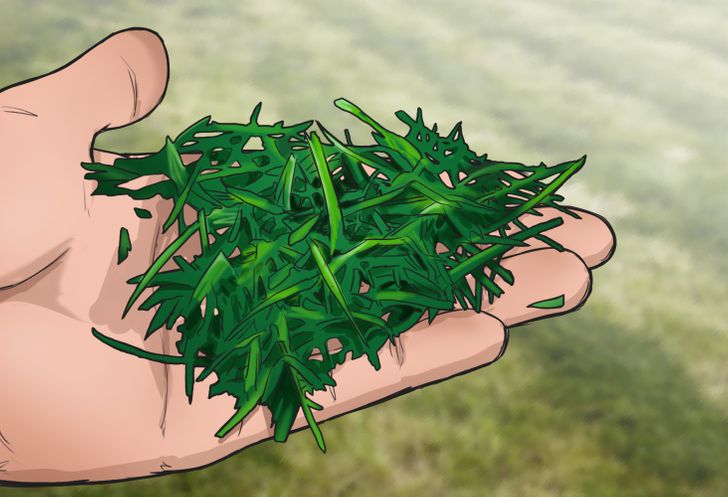
With grass clippings, you can make a weed-blocking mulch that’s rich in nitrogen (an important nutrient to keep your plants healthy).
- Collect the grass clippings from your organic lawn.
- Make sure they’re about half an inch, to an inch in length.
- Place them on the surface of your plant’s soil.
Note: Mulch helps your soil to retain moisture, it also keeps unwanted weeds at bay, while keeping the soil cool. During the winter, it prevents frost and makes your garden look better overall.